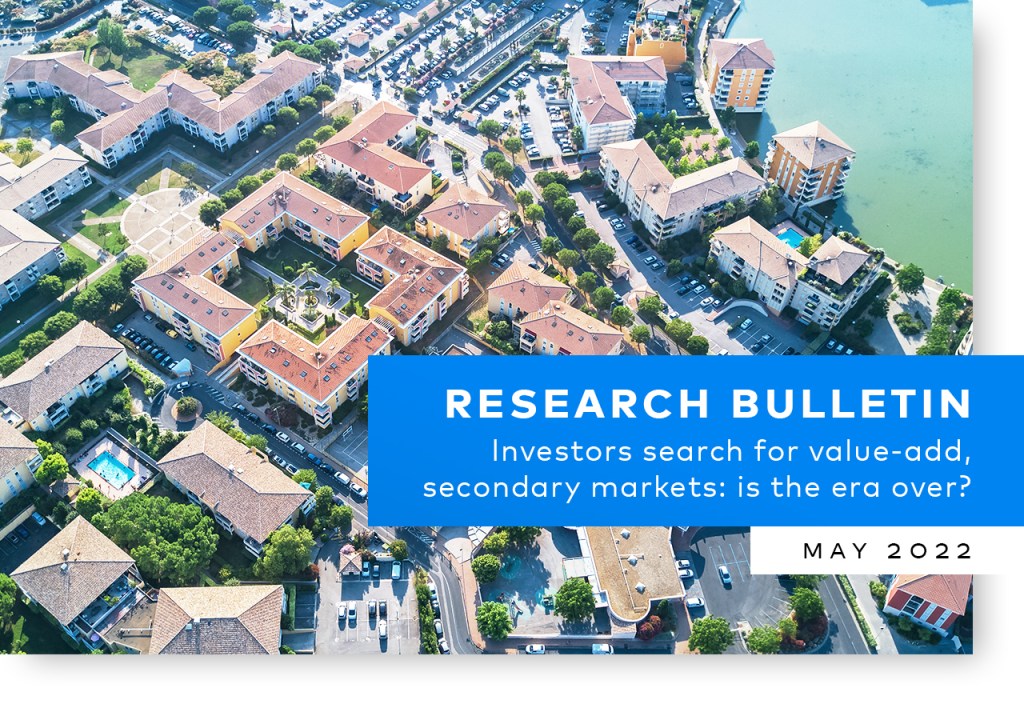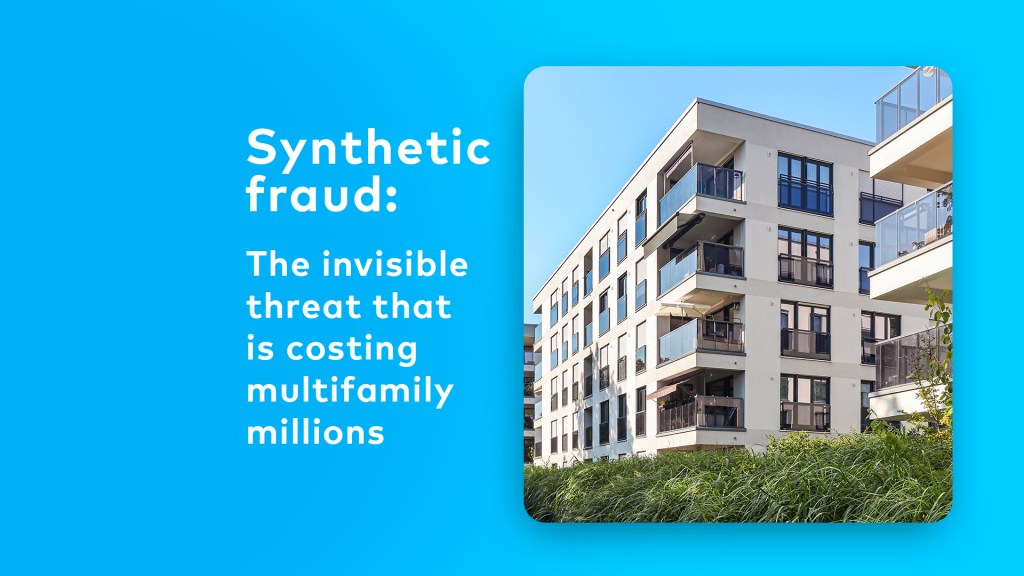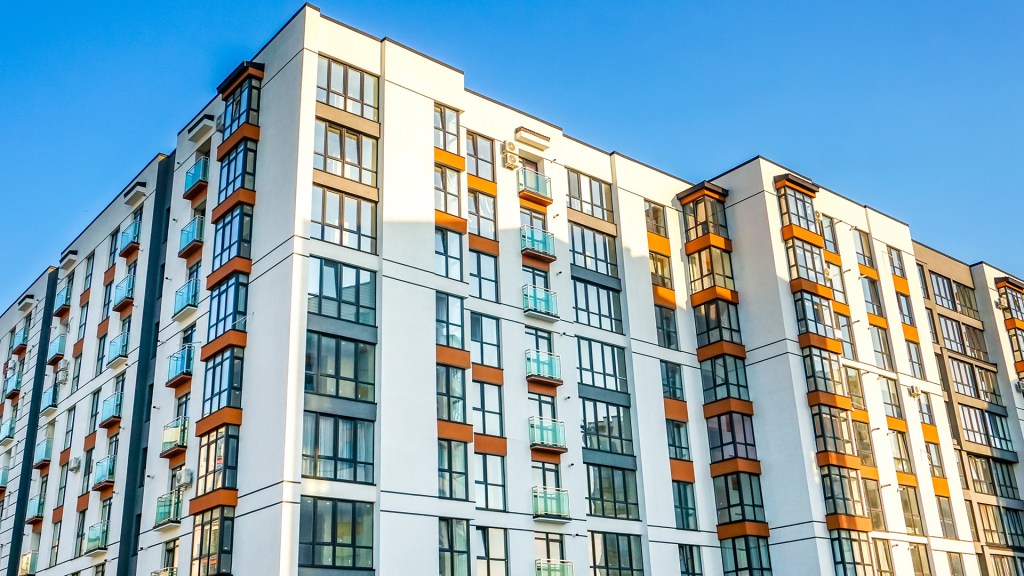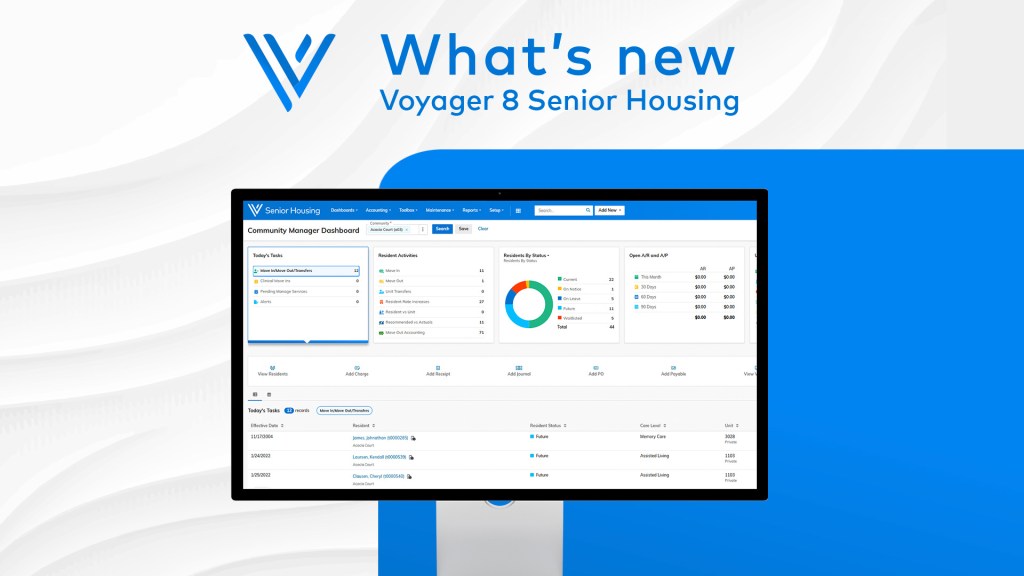By Leah Etling on May 17, 2022 in Matrix
Real estate investors are gung-ho on multifamily – so much so that last year they were willing to pay more for it than ever before, especially in certain circumstances. Whether that trend continues or a bubble burst is on the horizon is the focus of a new Multifamily Trading Bulletin from Yardi Matrix.

Record-high property sales and prices were recorded in 2021. Yardi Matrix tracked $215 billion of multifamily property sales in the U.S. in 2021 that traded for an average of $192,105 per unit, a year-over-year increase of 21.6 percent.
The new bulletin analyzes repeat sales over the last decade in Matrix’s database of 83,000 properties.
Among those, 4,500 multifamily properties in the US — about 5.3 percent – sold at least three times over the last decade. The average compound annual growth rate for the repeat-sale properties averaged 17.7 percent nationally.
Analysts found that rents rose rapidly during the 10-year cycle, but not as much as price appreciation. Multifamily rent growth in 2021 was up 14 percent for the year, a record, but rent growth has been above the long-term average for over five years (except for during COVID-19 lockdowns).
“The rapid growth in pricing reflects a combination of factors: the exceptional amount of liquidity in real estate and multifamily, the extremely strong rent growth, the low cost of financing as interest rates bottomed and debt costs were near historical lows, and the optimism about the sector’s prospects in the next few years,” says Paul Fiorilla, director of research for Yardi Matrix, who authored the bulletin.
Deal flow roared back in 2021 to a record $215.3 billion, a 67.3 percent increase from the prior high point in 2019. 2021 also set new records with 6,488 properties sold and 1.34 million units traded.
“The extraordinary increase in pricing likely to be threatened going forward by the increase in interest rates and questions about the economy, which has already prompted a slowdown in investment activity and will likely end the period of appreciation growth,” Fiorilla stated.
What sort of assets are driving these increases? Investors know what they like, and that includes smaller assets in secondary markets geared toward working-class renters. They are considered to have rent-growth potential due to relatively low rents and location in markets with above-trend rent growth.
They will also pay a premium for strategically located value-add properties. The most popular regions include secondary markets and areas with strong in-migration, particularly Texas, the Southeast and Southwest, where demand and rent growth is growing faster than the rest of the nation. Relatively few properties in gateway markets made the list of repeat sales.
Yardi Matrix tracks properties in 162 markets with 50 or more units. Gain more insights from the new Multifamily Trading Bulletin from Yardi Matrix.


